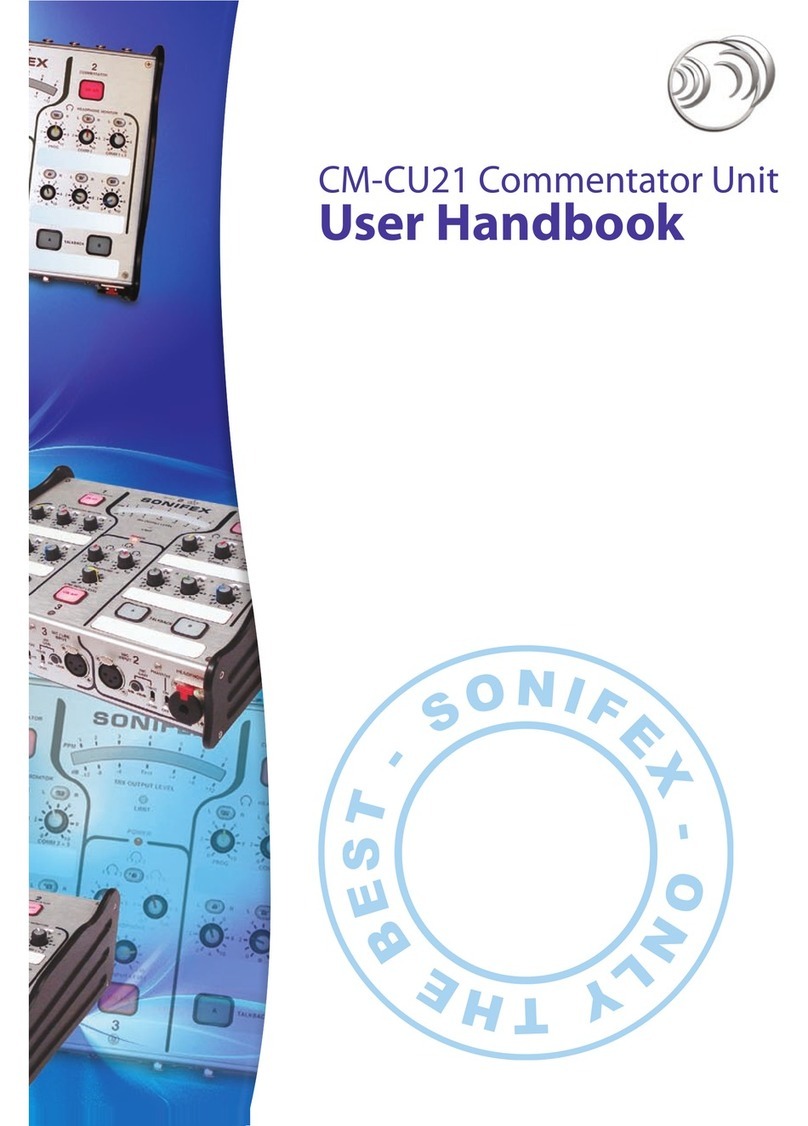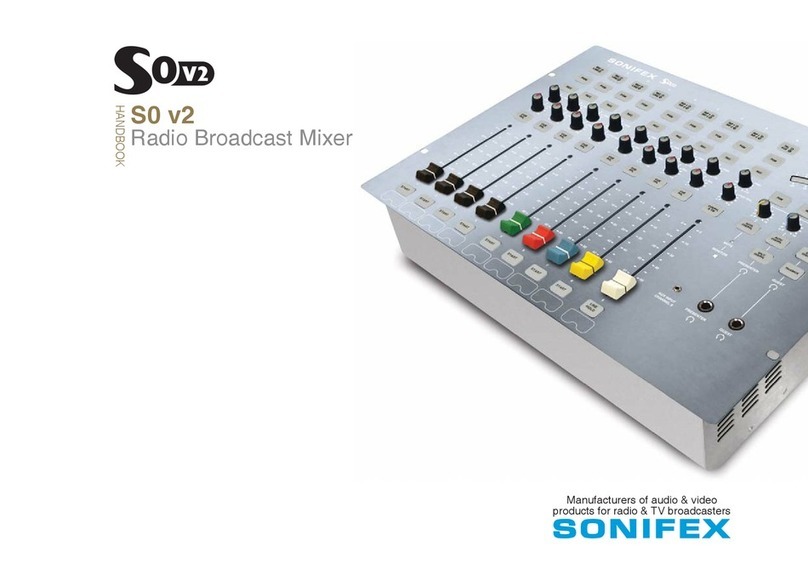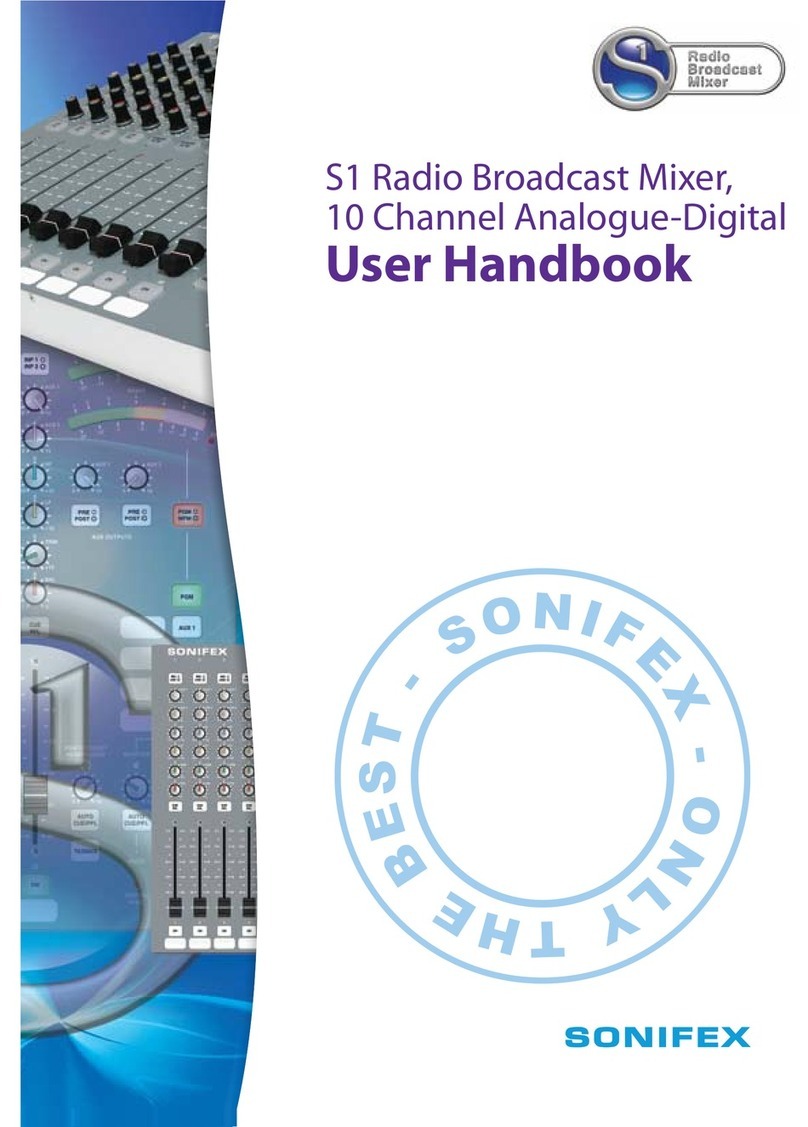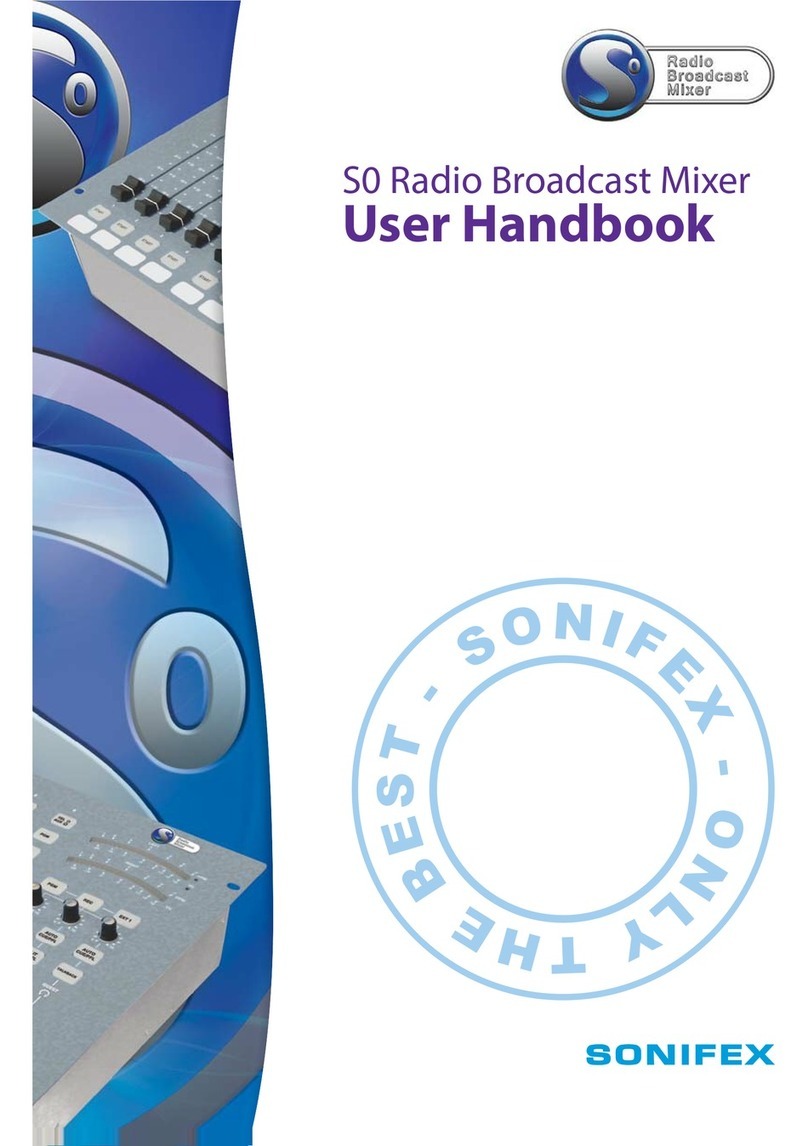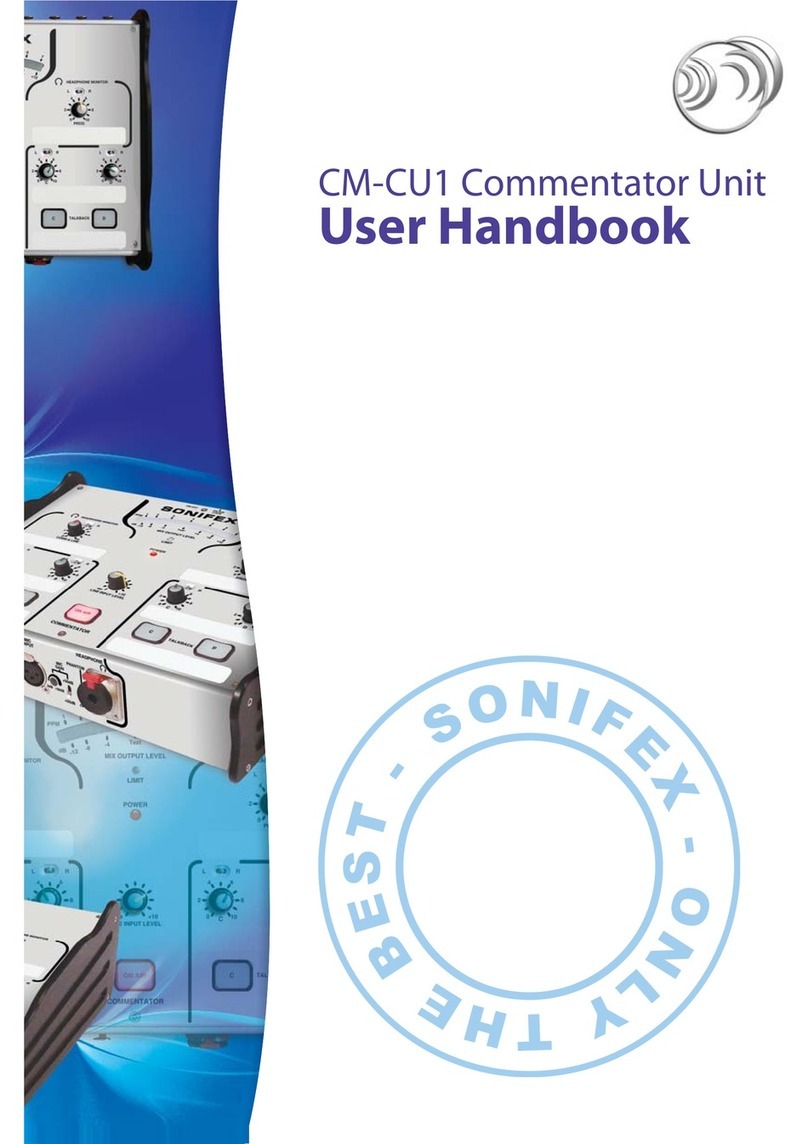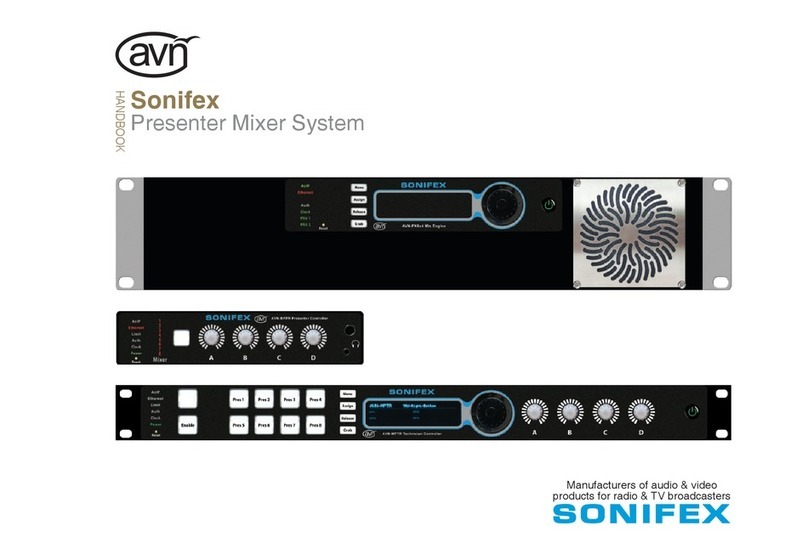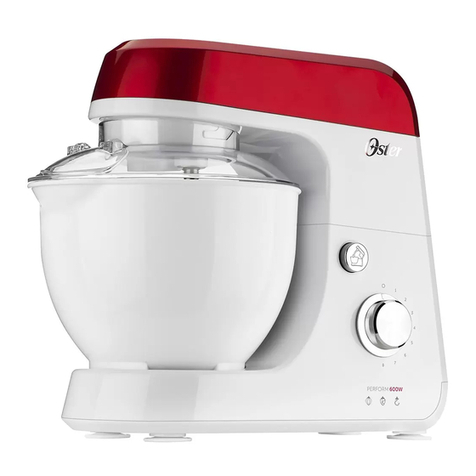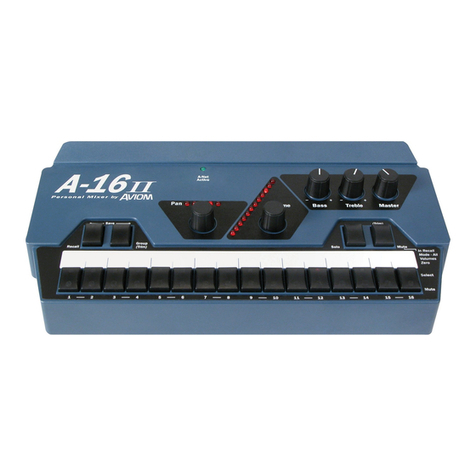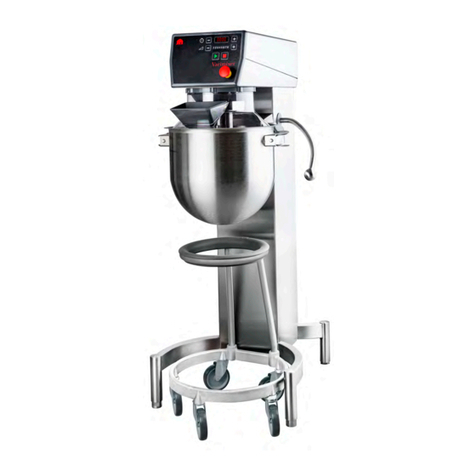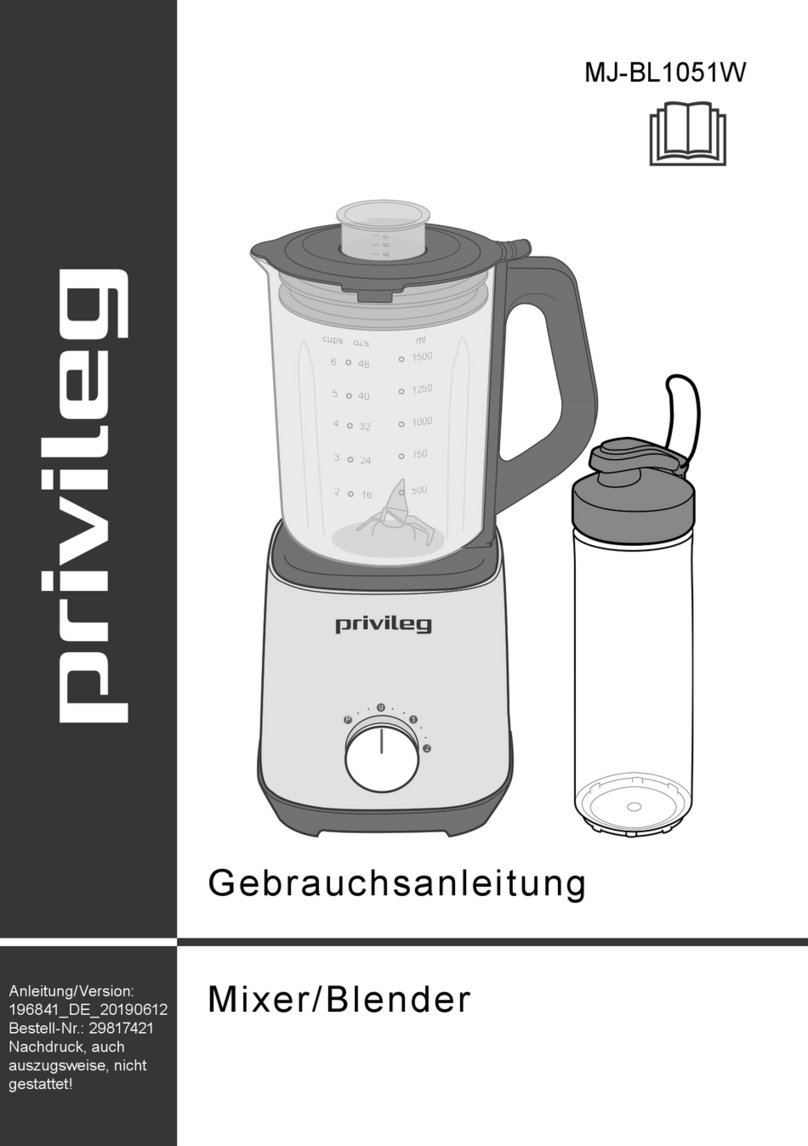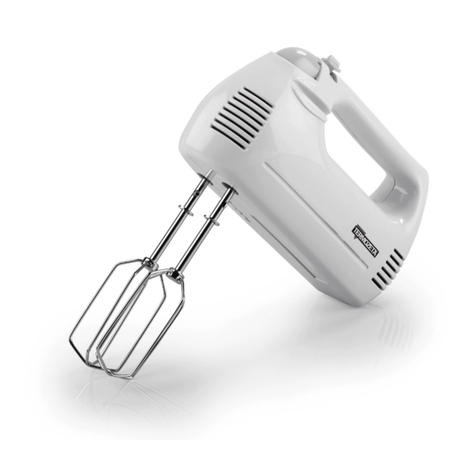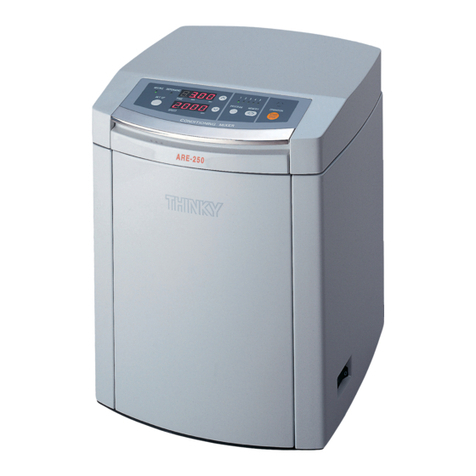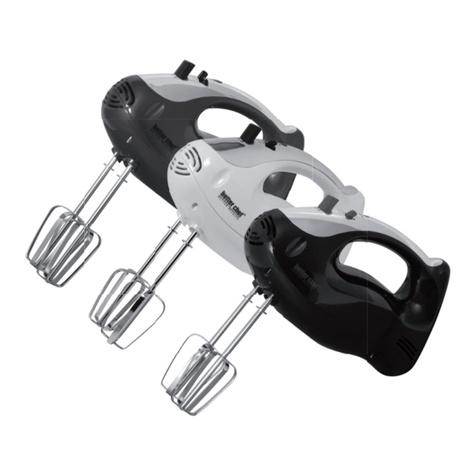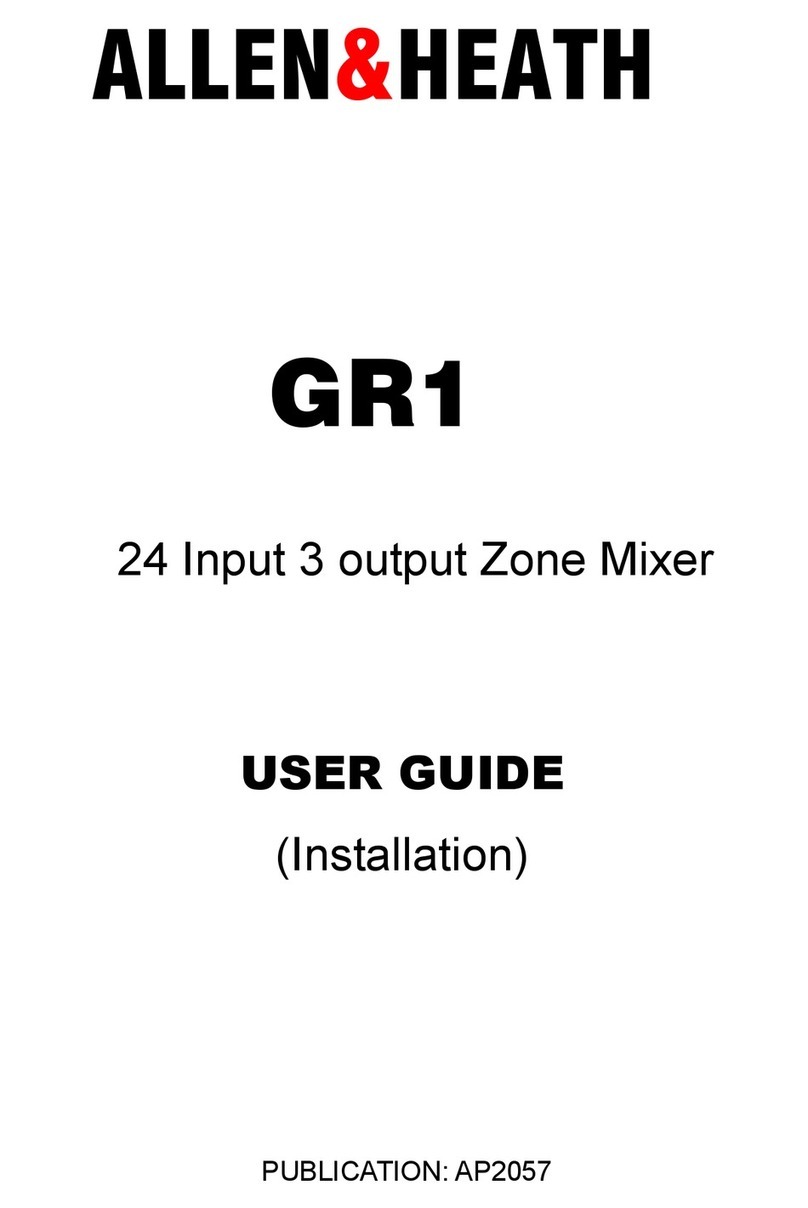"$# CUddY^W dXU 3_eWX CgYdSX"'
"$$ 1\\_gY^W dXU CdeTY_ 7eUcd d_ dQ\[ d_ Q DU\U`X_^U 3Q\\Ub DU\S_ DQ\[RQS[ "(
" 3dP[ BcTaT^ ;X]T 8]_dc <^Sd[T "
" ?P]T[ 2^]ca^[b"
#!! 3_ebcU 7QY^ 1TZecd]U^d#!
#!" 9^`ed !9^`ed " CU\USd 2edd_^#!
#!# ?ed`ed CU\USd #!
#!$ 5aeQ\YcQdY_^ ?`dY_^Q\ #!
#!% 5A 5^QR\U 2edd_^ ?`dY_^Q\ #!
#!& DbY] ;^_R #!
#!' 2Q\ ;^_R#!
#!( @bU6QTU <YcdU^ @6< 2edd_^#"
#!) ?^ 2edd_^#"
#!! 6QTUb#"
#!!! CSbQdSX @QT #"
"! ATPa ?P]T[ ""
#"! BU]_dU 3_^^USd_b##
#"" <UVd 9^`ed 3_^^USd_b ##
#"# BYWXd 9^`ed 3_^^USd_b##
"" <^Sd[T >_cX^]b P]S 9d\_Ta BTccX]Vb"#
##! Ce]]Qbi _V :e]`Ub CUddY^Wc V_b 4eQ\ CdUbU_ <Y^U 9^`ed =_Te\U#$
##" CU\USd BU]_dU CdQbdCd_` V_b <Y^U 9^`ed ! _b " #%
### 5^QR\U 3_^dY^e_ec =_]U^dQbi CdQbd 6b_] ?^ 2edd_^ #%
##$ CdQbd CU\USd =_]U^dQbi _b <QdSXUT#%
##% Cd_` CU\USd ?^ 6QTUb 4_g^ _b GYdX 2edd_^ E` #%
##& CUd d_ CdQbd dXU DY]Ub 1ed_]QdYSQ\\i #%
##' 4YcQR\U dXU BU]_dU Cd_` 6e^SdY_^ #%
##( 3Q^SU\ dXU 1ed_]QdYS @bUVQTU <YcdU^ #%
##) 7QY^ 1TZecd]U^d V_b 9^`ed " #&
##! EcY^W dXU ?`dY_^Q\ 7bQ] 1]`\YVYUb #&
# CT[R^ <^Sd[T #
# ?P]T[ 2^]ca^[b#
$!! 3_ebcU 7QY^ 1TZecd]U^d$!
$!" ?ed`ed CU\USd $!
$!# 5aeQ\YcQdY_^$!
$!$ 5A 5^QR\U 2edd_^ $!
$!% DbY] ;^_R $!
$!& @Q^ ;^_R $!
$!' @bU6QTU <YcdU^ @6< Q^T DQ\[RQS[ D2 2edd_^$!
$!( 8_\T 2edd_^ $"
$!) 6QTUb$"
$!! CSbQdSX @QT $"
#! ATPa ?P]T[ #"
$"! BU]_dU 3_^^USd_b$#
$"" <Y^U 9^`ed 3_^^USd_b$#
$"# 3\UQ^6UUT ?ed`ed 3_^^USd_b$#
#" <^Sd[T >_cX^]b P]S 9d\_Ta BTccX]Vb##
$#! Ce]]Qbi _V :e]`Ub CUddY^Wc V_b DU\S_ =_Te\U$$
$#" 4YfUbd CU\USd =_]U^dQbi _b <QdSXUT$$
$## 3\UQ^6UUT 2ec ?ed`ed CU\USd$%
$#$ CUd d_ CdQbd dXU DY]Ub 1ed_]QdYSQ\\i $%
$#% 3Q^SU\ dXU 1ed_]QdYS @bUVQTU <YcdU^ $%
## 0SSXcX^]P[ >_cX^]b#$
#$ 0__[XRPcX^]b #%
$%! 3_^^USdY^W Q DU\U`X_^U 2Q\Q^SU E^Yd 8iRbYT $&
$%" 3_^VYWebY^W DQ\[RQS[ d_Vb_] dXU 3Q\\Ub $&
$ CaP]b\XbbX^] A^dcTa <^Sd[T $
$ ?P]T[ 2^]ca^[b$
%!! C_ebSU CU\USd 2edd_^c %!
%!" =UdUb CU\USd%!
$! ATPa ?P]T[ $!
%"! <UVd DbQ^c]YccY_^ ?ed`ed%"
%"" BYWXd DbQ^c]YccY_^ ?ed`ed %"
%"# DbQ^c]YccY_^ 9^`ed %"
$" 8]bcP[[X]V cWT <^Sd[T $"
% >dcbXST B^daRT BT[TRc <^Sd[T %
% ?P]T[ 2^]ca^[b%
&!! ?edcYTU C_ebSU CU\USd 2edd_^c&!
%! ATPa ?P]T[ 2^]]TRcX^]b%!
&"! 3ed?ed 6_b 3QR\Uc&"
&"" 3_^^USdY_^c V_b =QY^ 2_QbT &"
&""! 2Q^[ ! 9^`edc &"
&""" ?ed`edc&#
&""# 2Q^[ " 9^`edc &#
